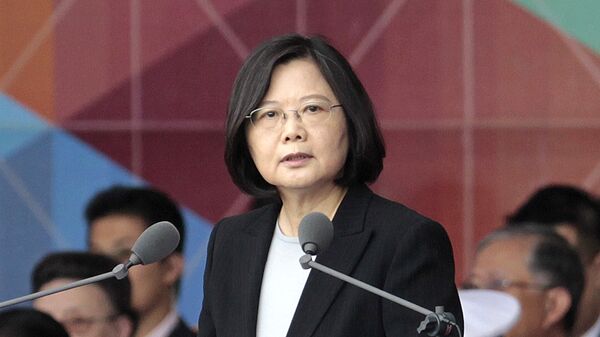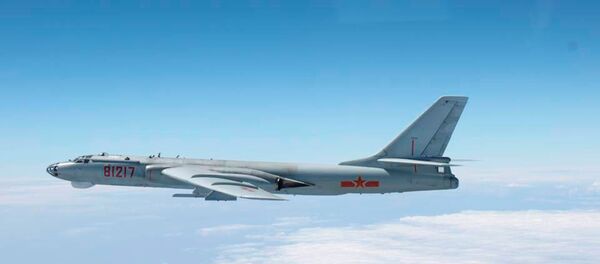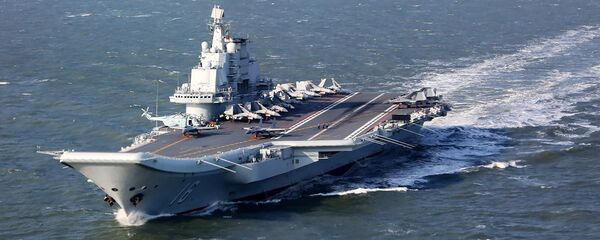"In recent years, the scheduled flights for the [Taiwan] strait's west coast airspace have quickly increased, and the delays are becoming more critical. Using the northbound M503 and related routes will effectively ease the currently existing air route's traffic pressure," China's top aviation authority announced last week.
During the announcement, the aviation authority stated that aircraft "would strictly follow the announced flight path."
After meeting with top Taiwanese government officials Sunday, Taiwanese President Tsai Ing-Wen said the decision "not only seriously affects aviation safety, but also damages the current situation in the Taiwan Strait."
"This kind of unilateral changing of the situation, this practice that harms regional stability, is not something that will be viewed favorably by the international community," Tsai added in a statement.
The People's Liberation Army Air Force said in early December that new "island encirclement patrols" would become normal and routine "to test real combat capabilities" of its H-6K bombers and Su-30 and J-11 fighter jets.
In addition to the aerial missions around Taiwan, China's shipyards are churning ahead to build three aircraft carriers for the People's Liberation Army Navy (PLAN), a notable increase in China's naval capabilities. China currently has one aircraft carrier, the Liaoning, that is fully operational, and plans to commission four carrier-led strike groups by 2030.
The 2018 National Defense Authorization Act, signed by US President Trump, calls for a US aircraft carrier to make a port call in Taiwan this year. Upon learning of the news, Li Kexin, an official with the Chinese Embassy to the US, said December 11 that "the day that a US Navy vessel arrives in Kaohsiung is the day that our People's Liberation Army unifies Taiwan with military force."




